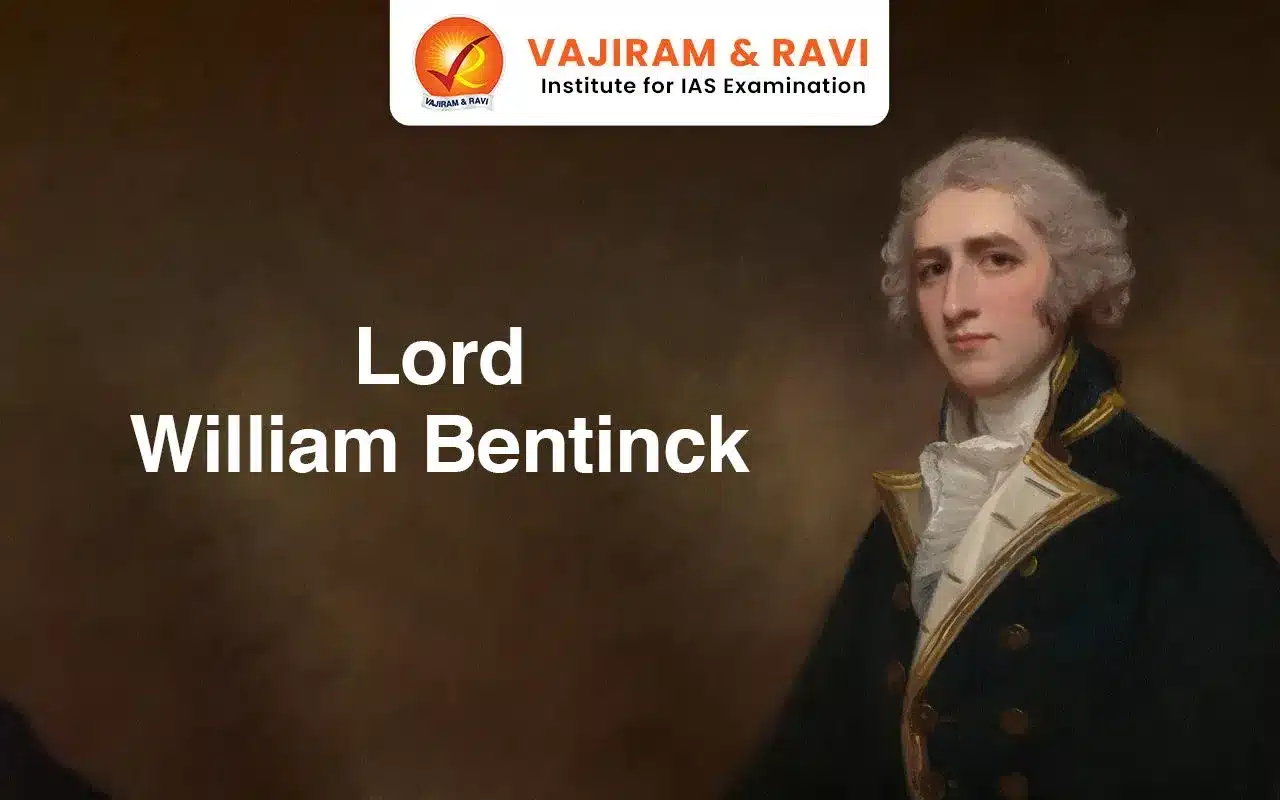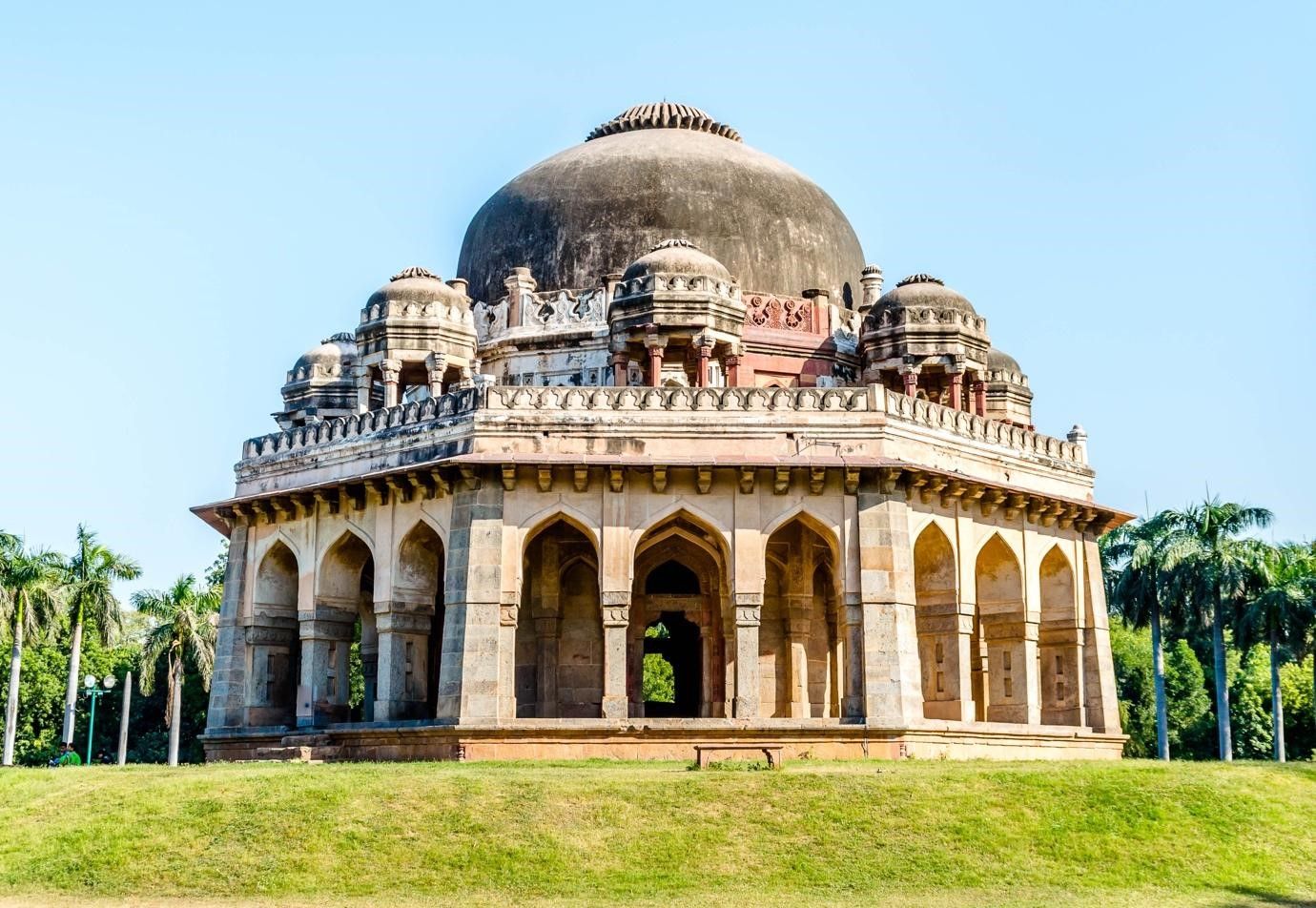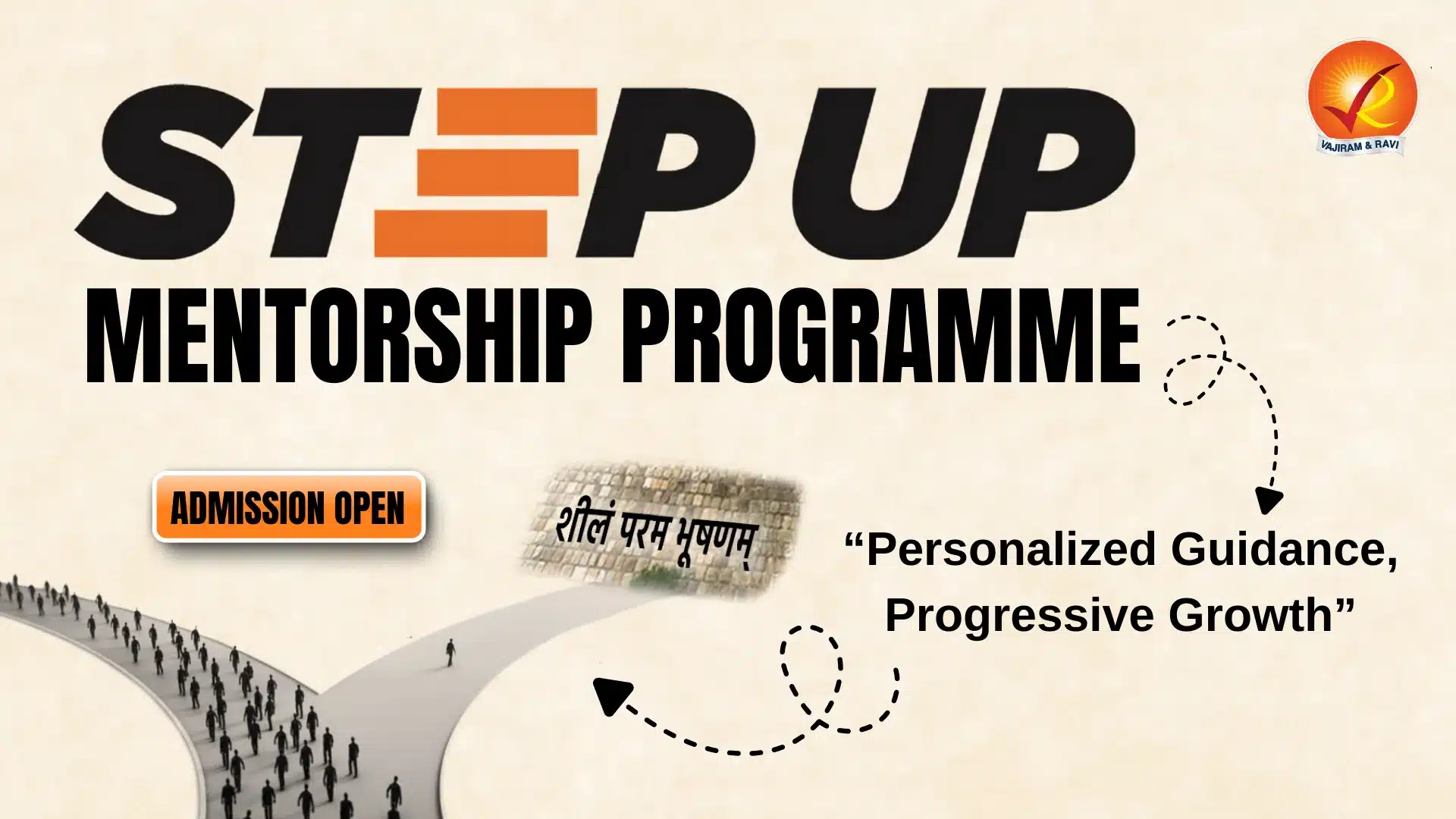Lord William Henry Cavendish-Bentinck, commonly known as Lord William Bentinck, was a pivotal figure in British colonial history who served as the Governor-General of India from 1828 to 1835. During this time, he implemented significant reforms and progressive policies that transformed British India's sociopolitical landscape. Lord William Bentinck's tenure is best remembered for his efforts to modernise the administration, eradicate social evils, and lay the groundwork for future subcontinental governance.
Lord William Bentinck First Governor General of India
Lord William Bentinck, a British statesman, colonial administrator, and aristocrat, supported many liberal ideas of his time. He implemented significant administrative reforms in Indian governance and society, which had a far-reaching impact on social reforms in the following decades.
- William Bentinck, the second son of Prime Minister William Bentinck, enjoyed early privilege and influence. He joined the British army at 16, rising to the rank of colonel by 1798. He also served as a Member of Parliament for over 30 years.
- Governor of Madras: In 1803, Lord William Bentinck was appointed Governor of Madras. He faced significant challenges, including the Vellore Mutiny of 1806. Bentinck was held responsible and recalled from his post in 1807.
- First Governor-General of India: Lord William Bentinck was appointed Governor General of Bengal in 1828. He became the first Governor General of India after the passage of the Charter Act of 1833.
Major Reforms by Lord William Bentinck
Lord William Bentinck is widely recognised for his comprehensive reforms in various aspects of administration and society during British rule in India. His policies were driven by a desire to improve the efficiency of governance and address social injustices. The following are the major reforms undertaken during his tenure:
Educational Reforms by Lord William Bentinck
The implementation of English education distinguished Lord Willaim Bentinck's administration. He formed a committee chaired by Lord Macaulay to make recommendations for educational advancement.
- Introduction to English Education: In 1835, Bentinck passed the English Education Act, making English the medium of instruction. English replaced Persian as the language of the higher courts.
- Calcutta Medical College: Lord William Bentick founded Calcutta Medical College in 1835. It was the first medical college in Asia and was the first to focus on a curriculum and teaching methodology based on Western medical practices.
Social Reforms by Lord William Bentinck
Lord William Bentick was focused on the abolition of a wide range of social evils prevalent in contemporary India. He introduced the significant social reforms such as abolition of Sati, Thuggee and ban on femal infanticide.
- Abolition of Sati: Lord William Bentinck is best remembered for his efforts to abolish the inhumane Practice of Sati, the ritual burning of widows on their husbands' funeral pyres.
- The Regulation XVII of 1829, which Bentinck enacted, made Sati illegal and punishable as a criminal offence. The Regulation was expanded to include the presidencies of Madras and Bombay in 1830.
- Abolition of Thuggee: Bentinck took strong measures to suppress the practice of Thuggee, a network of criminal gangs involved in robbery and murder under the guise of religious duty.
- Under his administration, Captain William Sleeman led extensive campaigns to apprehend and punish the Thugs, significantly reducing their activities.
- Ban on Female Infanticide: Lord William Bentinck prohibited female infanticide, the practice of killing certain newborn girls, and human sacrifices. He not only prohibited female infanticide but also made it a criminal punishable offence.
Administrative Reforms by Lord William Bentinck
Bentinck sought to streamline the administrative machinery of British India, focusing on reducing inefficiency and corruption.
- Judicial Overhaul: The four Circuit Courts were abolished, and their functions were transferred to collectors overseen by the Commissioner of Revenue and Circuit.
- Sadar Diwani Adalat and Sadar Nizamat Adalat were established in Allahabad for the convenience of the people of the Upper Provinces.
- Codification of Laws: Bentinck initiated the process of codifying Indian laws, which laid the groundwork for the development of a unified legal system in British India.
- A Law Commission was established under Macaulay to codify Indian laws. As a result, in later years, the Civil Procedure Code (1859), Indian Penal Code (1860), and Criminal Procedure Code (1861) were drafted.
- Police Reforms: Bentinck abolished the office of the Superintendent of Police (SP). The magistrate was now to lead the police force in his jurisdiction, with the commissioner in each division serving as the SP. This arrangement resulted in a disorganised police force, placing a significant burden on the collector/magistrate.
Financial Reforms by Lord William Bentinck
When Lord William Bentinck assumed the role of Governor-General of Bengal in 1828, the East India Company's financial state was critical. The treasury was severely depleted, and the government budget faced a deficit of one million rupees. Lord William Bentick took several measures to improve the financial conditions.
- Officer Measures: Bentick reduced officer salaries and allowances, reduced the number of officers on payroll and eliminated the double battalion system in the military department.
- As a result of his financial reforms, the treasury had a Rs.1.5 million surplus at the time of his departure.
- Land Revenue Measures: Bentinck improvised the Mahalwari System in parts of Northern India to improve land revenue collection. This system assessed revenue based on the collective responsibility of villages (mahals) rather than individual landowners.
Significant Events under Lord William Bentinck
During Lord William Bentinck's tenure, several notable events occurred that had lasting impacts on British India. These events ranged from legislative measures to military achievements. It includes:
- Mysore Annexation (1831): In the late 1820s, there was a civil uprising in Mysore due to either the Maharaja's poor governance and high taxation or the financial exploitation of British residents. Following these events, the British took complete control of Mysore in 1831 on the pretext of misrule of Maharaja Krishnaraja III.
- Charter Act of 1833: The Charter Act of 1833, passed during Bentinck's tenure, marked a significant change in the governance of British India. It centralised authority in the hands of the Governor-General. It also ended the Company's commercial monopoly.
- Coorg War of 1834: The Coorg War was a short but bloody conflict in 1834 between the British East India Company and the State of Coorg. The war was sparked when the Raja of Coorg, Chikka Virarajendra, rebelled against British authority in an attempt to regain his independence. The British annexed the kingdom and transformed the region into a province of British India.
- Annexation of Cachar (1834): The British East India Company, under Governor-General Lord William Bentinck, annexed Central Cachar in 1834 after the death of its ruler, Govinda Chandra. Without a direct heir, the company took control of the region, citing administrative necessity and expanding its territory in Northeast India.
Lord William Bentinck's tenure as Governor-General of India was defined by progressive reforms aimed at modernizing administration and addressing social injustices. His efforts to eliminate cruel practices, reform the revenue system, and promote education had a lasting impact, paving the way for future governance and establishing the British role in social reform in India.
Last updated on January, 2026
→ Check out the latest UPSC Syllabus 2026 here.
→ Join Vajiram & Ravi’s Interview Guidance Programme for expert help to crack your final UPSC stage.
→ UPSC Mains Result 2025 is now out.
→ UPSC Notification 2026 is scheduled to be released on January 14, 2026.
→ UPSC Calendar 2026 has been released.
→ UPSC Prelims 2026 will be conducted on 24th May, 2026 & UPSC Mains 2026 will be conducted on 21st August 2026.
→ The UPSC Selection Process is of 3 stages-Prelims, Mains and Interview.
→ Prepare effectively with Vajiram & Ravi’s UPSC Prelims Test Series 2026 featuring full-length mock tests, detailed solutions, and performance analysis.
→ Enroll in Vajiram & Ravi’s UPSC Mains Test Series 2026 for structured answer writing practice, expert evaluation, and exam-oriented feedback.
→ Join Vajiram & Ravi’s Best UPSC Mentorship Program for personalized guidance, strategy planning, and one-to-one support from experienced mentors.
→ UPSC Result 2024 is released with latest UPSC Marksheet 2024. Check Now!
→ UPSC Toppers List 2024 is released now. Shakti Dubey is UPSC AIR 1 2024 Topper.
→ Also check Best UPSC Coaching in India
Lord William Bentinck FAQs
Q1. What was Lord William Bentinck famous for?+
Q2. What are the reforms introduced by William Bentinck?+
Q3. Who as the first Governor-General of India?+
Q4. Why did Lord William Bentinck abolish Sati?+
Q5. Who banned sati in India?+
Tags: lord william bentinck quest

















